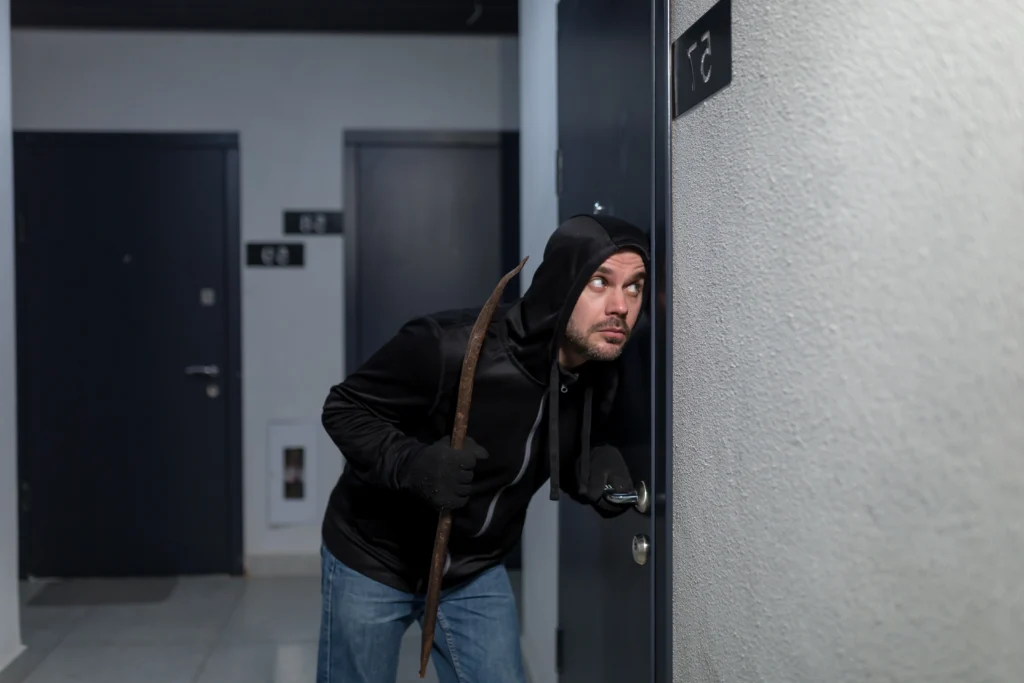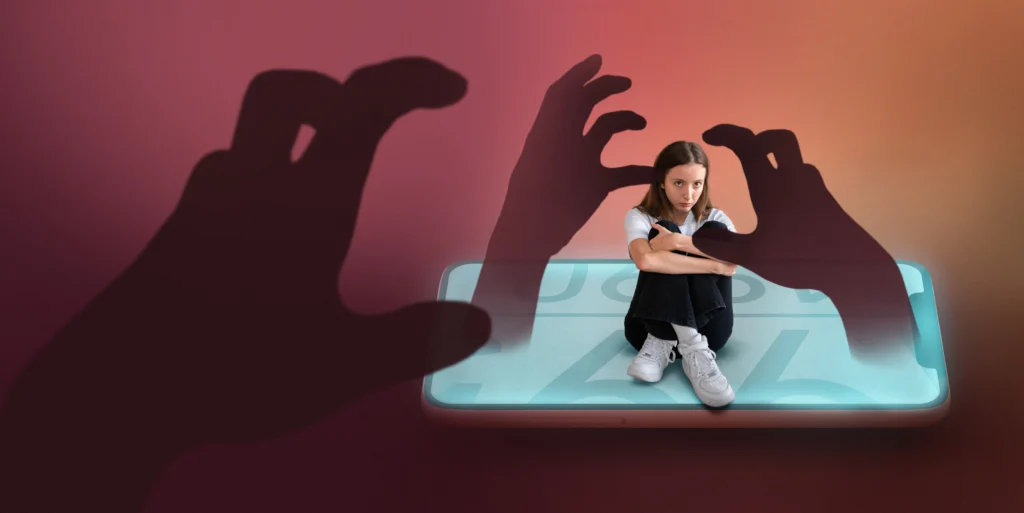Every generation has had its share of rebellious trends and risky dares. But today’s teen challenges are different. They’re not whispered secrets or playground rumors; they’re broadcast instantly to global audiences through social media. And more often than not, they’re dangerous, disruptive, and deeply revealing of what today’s adolescents are truly going through.
Two current viral trends, UrbanEx (Urban Exploration) and the Door-Kicking Challenge, have gained alarming popularity among teens. These stunts, while seemingly rooted in thrill-seeking, are symptomatic of a much larger problem—a crisis of identity, validation, and emotional grounding in a world increasingly driven by screens and performances.
This isn’t just about reckless behavior. It’s about teens navigating a complex digital society without a roadmap, chasing dopamine, likes, and meaning in places where they may only find danger and disconnection.

UrbanEx: The Romance and Risk of Abandoned Spaces
Urban Exploration—“UrbanEx”—is the practice of sneaking into abandoned places like rooftops, decaying factories, tunnels, and closed hospitals. The visuals are compelling: shadowy corridors, graffiti-smeared walls, rusting staircases. Teens capture it all on video, accompanied by music, narration, and hashtags. To outsiders, it may look like simple curiosity or rebellious fun. But for those participating, it’s often much deeper.
In many ways, UrbanEx is a symbolic act. It’s about reclaiming forgotten places and, perhaps, asserting a kind of identity in a world that tells teens who to be. These spaces are wild, unsupervised, untouched by algorithms. They offer an escape from the hyper-curated environments of school, home, and Instagram.
But that sense of freedom comes with real risks—physical injury, legal consequences, or even death. Urban explorers have been seriously hurt from falls, asbestos exposure, and structural collapses. What makes it worse is that social media often glamorizes this behavior, filtering out the blood and consequences.
Yet the popularity persists, because for many teens, the danger itself is validating. In a world that’s lost much of its sense of wonder and unpredictability, UrbanEx offers mystery, adrenaline, and a false sense of invincibility.

Door-Kicking Challenge: From Harmless Prank to Harmful Disruption
The “Door-Kicking” challenge is a different kind of viral stunt—but equally, if not more, dangerous. Teen participants approach random houses, kick the front doors forcefully—often late at night—and run, filming the homeowner’s startled reaction for likes and views. It’s juvenile. It’s invasive. And in some cases, it’s criminal.
What might seem like a dumb prank to those involved is actually a violation of personal space and safety. Homeowners, especially in areas with high crime rates or where gun ownership is prevalent, could easily misinterpret this act as a break-in attempt. In the worst-case scenarios, it could escalate into violent confrontations or fatal misunderstandings.
But what motivates teens to do this? The answer again lies in attention and identity. The kick, the reaction, the viral share—it’s all part of a performance. It’s not about destruction, necessarily. It’s about being seen. In the digital age, many teens equate virality with worth, risk with bravery, and views with love.
Unfortunately, these beliefs are cultivated in a social media environment that rewards shock over substance, and controversy over care.

Beneath the Surface: Why Teens Are Turning to Dangerous Trends
While it’s tempting to chalk these trends up to poor judgment or rebellion, the reality is much more complex. Teens today are growing up in a hyperconnected yet emotionally starved world. Constant comparison, pressure to succeed, and the need to maintain a curated online identity can lead to profound stress, loneliness, and insecurity.
In this environment, dangerous challenges offer something tangible: a rush of emotion, a break from routine, and perhaps most importantly—a sense of control and individuality. When mental health struggles go unnoticed or unspoken, some teens find an outlet in risky behavior, even if it’s fleeting or harmful.
They’re not necessarily trying to be defiant. They’re trying to feel something real, to break free from the numbness that scrolling for hours can induce. In that light, these viral challenges become less about mischief and more about existential expression—albeit in a misguided and unsafe form.
How Families, Educators, and Communities Can Respond
If we want to help teens step away from these harmful trends, we can’t just ban them from TikTok or scold them into submission. We need to offer what these challenges are replacing: real-world excitement, emotional validation, and meaningful connection.
1. Create Safe Spaces for Exploration
Give teens opportunities to explore, create, and engage with the world around them in ways that feel adventurous but are supervised and safe—outdoor programs, maker spaces, storytelling clubs, or urban art initiatives. They’re not just looking for danger—they’re looking for purpose.
2. Open Lines of Honest Conversation
Don’t wait for a viral trend to go viral before talking to teens about it. Stay informed, ask questions, and listen without judgment. Conversations about social media, peer pressure, and safety should be regular, not reactive.
3. Teach Digital Literacy and Emotional Resilience
Help teens understand how social media algorithms push extreme content, and how to critically reflect on what they see and share. Equip them with emotional tools to process anxiety, comparison, and loneliness without turning to risky behavior.
4. Model Vulnerability and Authenticity
Teens are watching the adults in their lives closely. Show them that it’s okay to be vulnerable, to talk about feelings, to fail, and to grow. That’s the kind of bravery they need to see—not the kind that lands them in danger or on the news.
Conclusion: Viral But Void — The Call for Something Deeper
UrbanEx and the Door-Kicking Challenge are more than the latest social media trends. They are signs of a deeper cultural and emotional hunger. Today’s teens are not just thrill-seekers or troublemakers—they are navigators of a world that often feels overwhelming, performative, and disconnected.
If we want to truly address the risks of these viral stunts, we must look beneath the surface. We must ask not just what they are doing, but why. And more importantly, we must offer better answers than the ones social media provides.
Because when teens feel seen, heard, valued, and challenged in healthy ways—they won’t need to knock on danger’s door just to feel alive.